In Photos: 'Human Swan' Shadows Endangered Birds on Annual Migration
Human migration
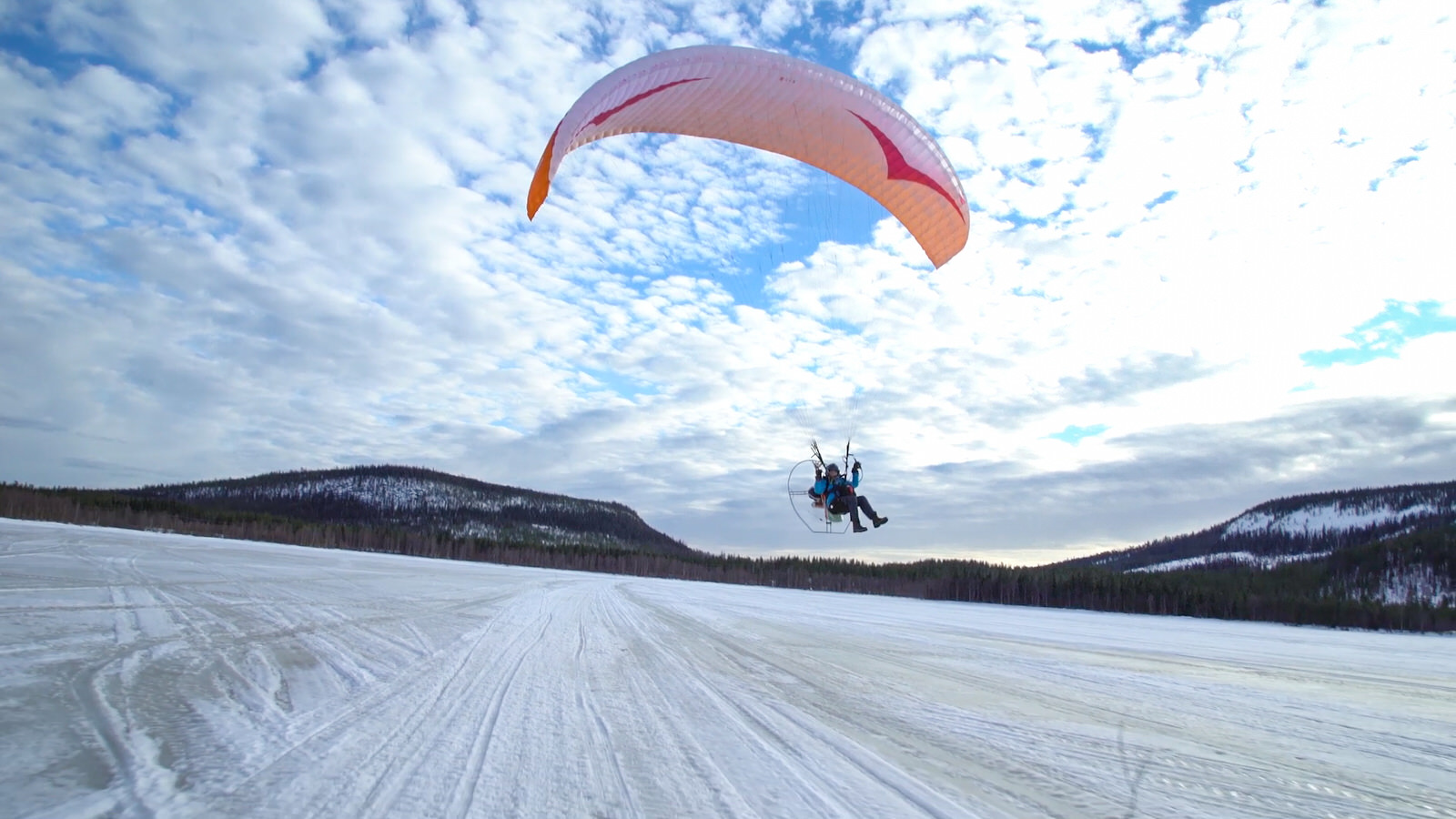
Conservation scientist Sacha Dench has completed a 4,500-mile (7,240 kilometers) paramotor journey from the Russian Arctic to the west of England, tracking the annual southward migration of an endangered species of swan.
Dench set off from the Nenets region of northern Russia in mid-September 2016, along with two support crew, in a microlight aircraft to track and document the movements and behaviors of Bewick's swans as they make their way south for the winter. [Read full story about the three-month migration]
Losing numbers

Bewick's swans are a frequent visitor to the wetlands reserve at Slimbridge in the west of England, where Dench works for the Wetlands and Wildfowl Trust (WWT) conservation group.
The number of swans making the annual migration has fallen sharply over the last 20 years, from around 30,000 in 1995 to around 18,000 since 2010.
Study the route
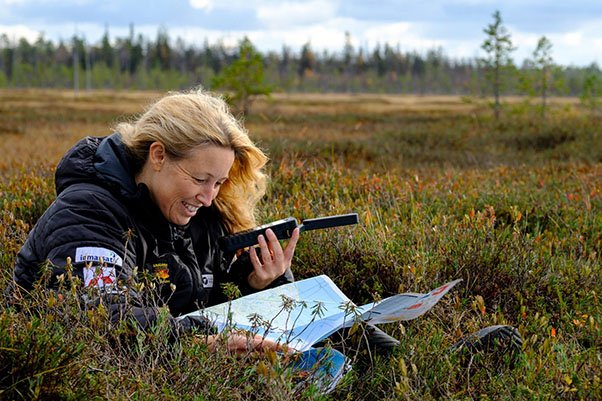
As the scientists followed the swans along their southward migration route, or "flyway," Dench and her colleagues looked for evidence of the causes of the decline in numbers, such as the draining of wetland habitats for use as farmland.
A long journey

The swan migration route took Dench and her support team from the north of Russia through Finland, Estonia, Latvia, Lithuania, Poland, Germany, Denmark, the Netherlands, Belgium and France to the United Kingdom.
Live maps of her movements, and of five Bewick's swans equipped with GPS collars, were published during the journey on the WWT's website.
Get the world’s most fascinating discoveries delivered straight to your inbox.
Untouched land

At the start of the journey, Dench and her support crew flew over remote tundra grasslands and taiga forests in northern Russia without roads or human settlements.
Helpful viewpoint
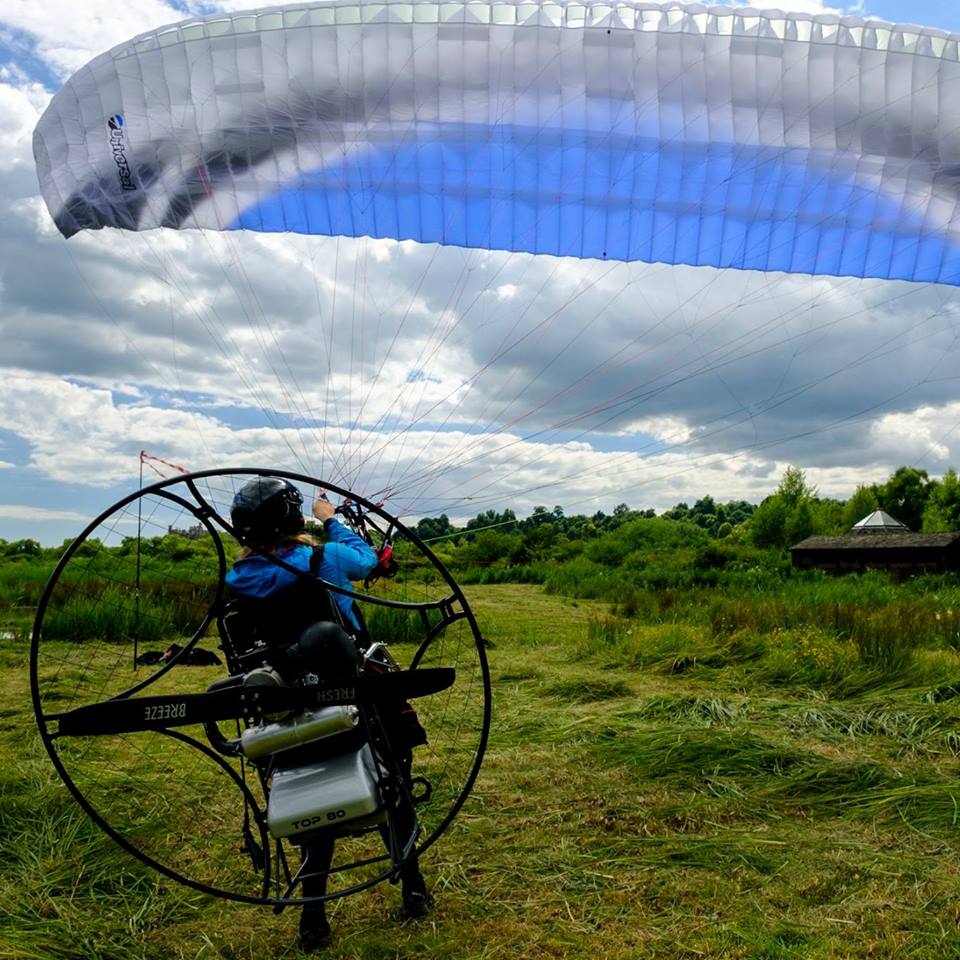
The flyers were joined later in the journey by a ground team that included scientific researchers and hundreds of volunteers from the countries along the migration route.
The foot-launched paramotor allowed Dench to observe Bewick's swans at "stopover" sites in wetlands along the migration route that couldn't be reached any other way.
Setting records
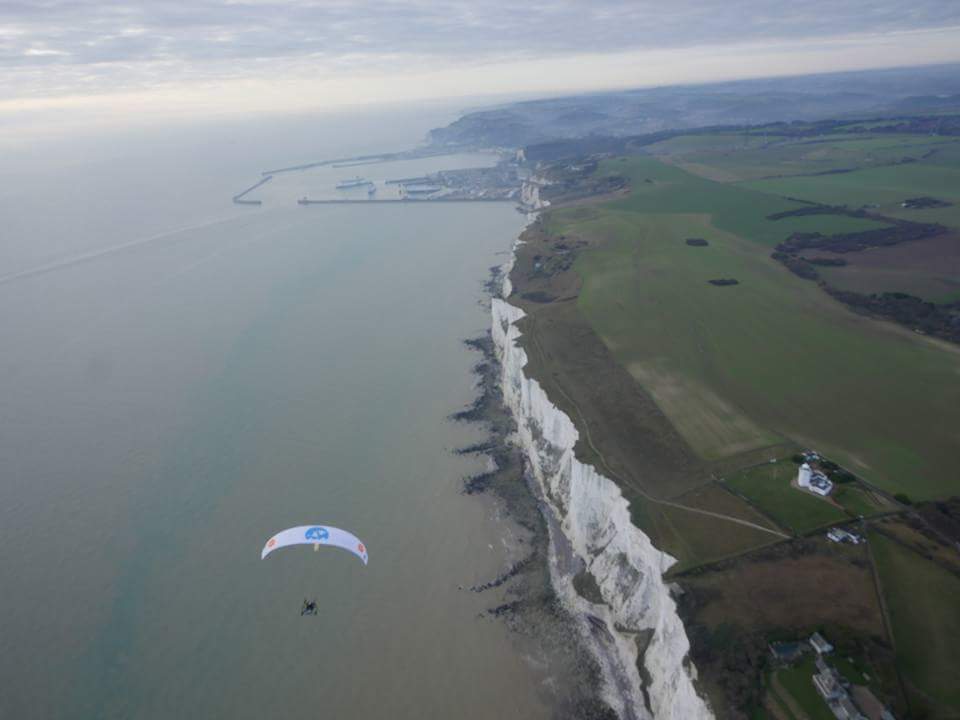
Dench became the first woman to cross the English Channel by paramotor, and began the last stages of her journey west across England to the headquarters of the WWT at the Slimbridge Wetland Centre in Gloucestershire in the United Kingdom.
Protections needed
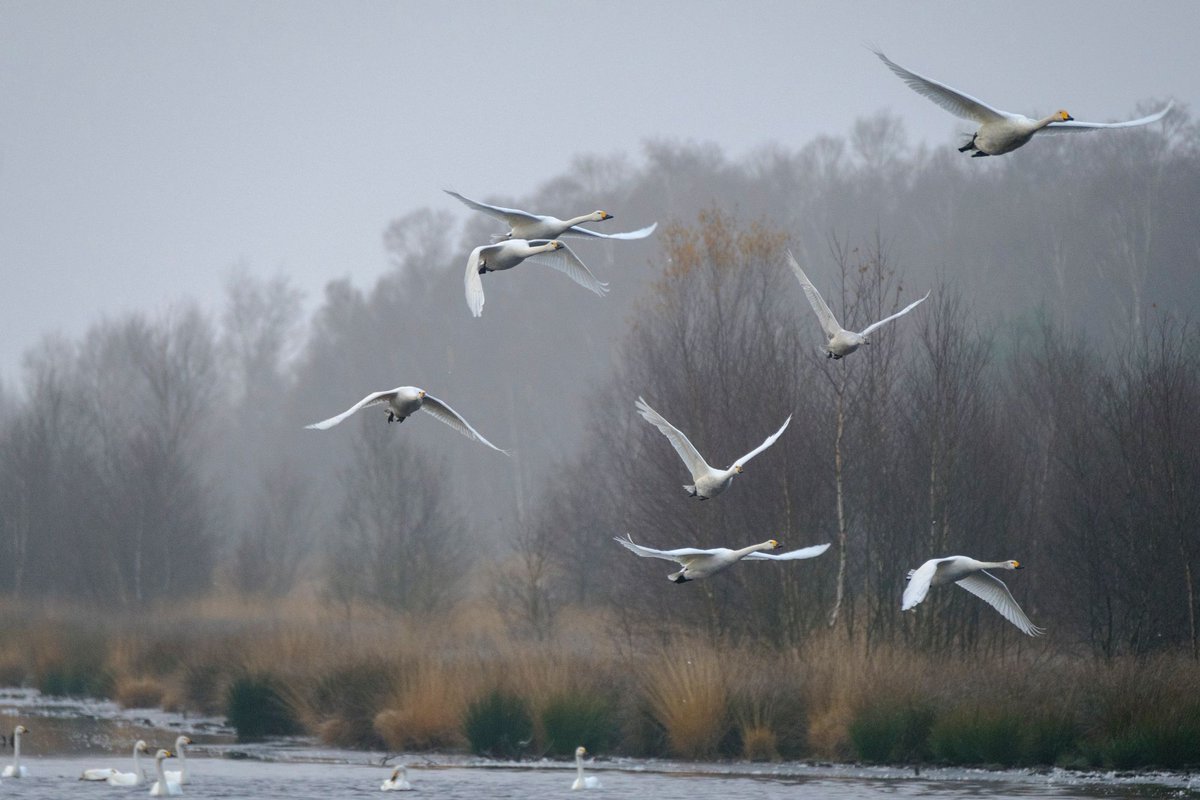
Slimbridge is a winter home for thousands of Bewick's swans, but the WWT says urgent action is needed to protect the wetland habitats used by the swans on their migration route.
The group has called on European governments along the migration route to work together to protect Bewick's swan and other species, by restoring lost wetlands and preventing illegal hunting.
Tom Metcalfe is a freelance journalist and regular Live Science contributor who is based in London in the United Kingdom. Tom writes mainly about science, space, archaeology, the Earth and the oceans. He has also written for the BBC, NBC News, National Geographic, Scientific American, Air & Space, and many others.
